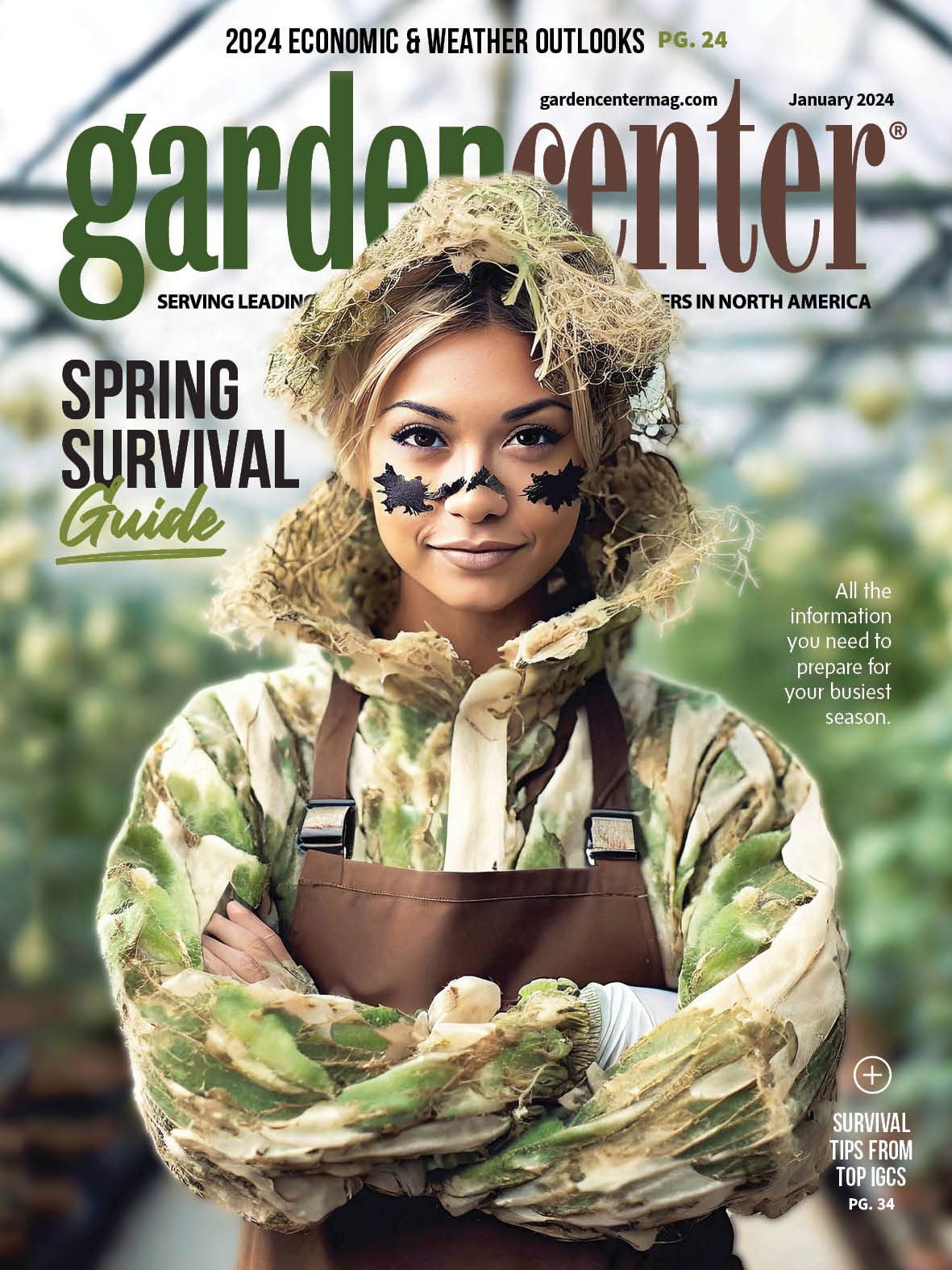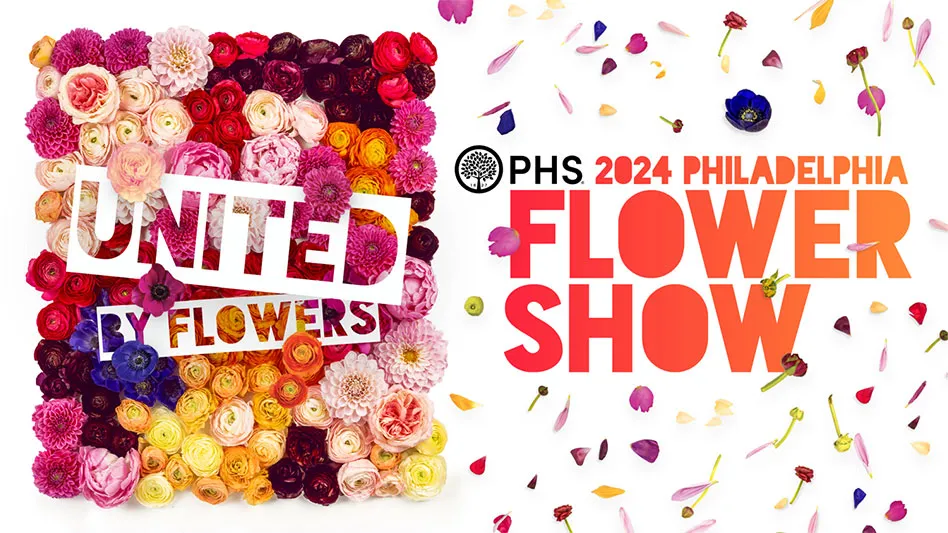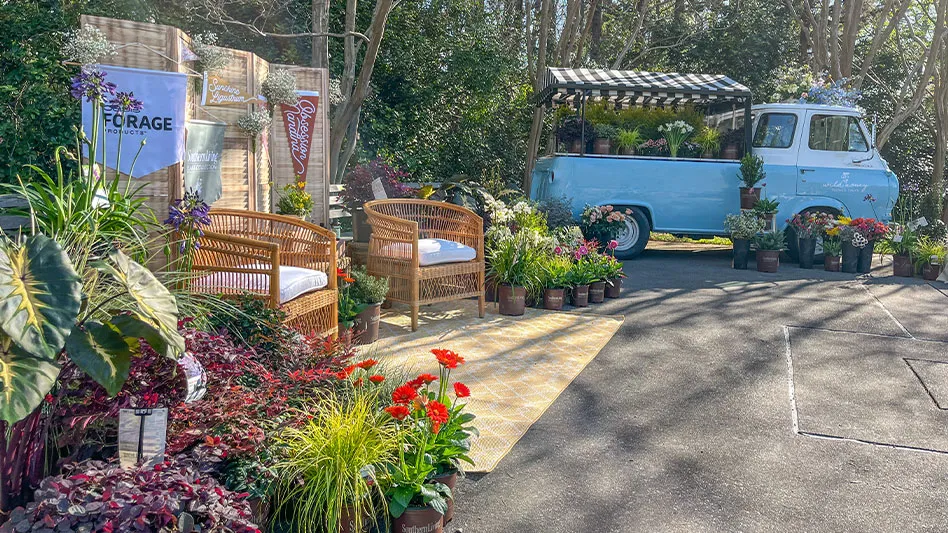
In the best circumstances, the plants they purchase align with the climate and thrive. In the worst circumstances, gardeners make poor choices, plants die and garden centers receive complaints or returns. That makes it crucial for IGCs to understand the weather outlook to offer gardeners the best advice and provide the most appropriate plants.
According to Joe Woznicki, a meteorologist and energy and agricultural weather consultant for the Commodity Weather Group, the advice — and plants — for 2024 will be ruled by one climate phenomenon: El Niño.
“We are in a pretty strong El Niño situation,” he says. “It’s within the top five events here of the last 30 to 50 years or so.”
According to the National Oceanic and Atmospheric Administration (NOAA), El Niño is a phenomenon marked by an unusual increase in water temperatures in the equatorial Pacific Ocean. The event was marked by South American fishermen for centuries, who dubbed it El Niño, a term for baby Jesus, due to its propensity to show up around Christmastime during affected years.
Due to the ocean’s inextricable link with atmospheric conditions, El Niño can have far reaching effects on weather patterns across the United States and Canada. That means gardeners may be caught off-guard or motivated by weather conditions unfamiliar in typical weather years.
Woznicki notes that the El Niño climate shifts are already in play. “For winter, that generally means a pretty warm pattern across the northern U.S. And then the southern half of the country is cooler to colder and stormier,” he says.
That might not seem relevant for gardeners in the northern United States who are not currently growing outdoors. But Woznicki notes that the patterns will linger into early 2024.
“El Niño generally peaks in November and December and then starts to weaken. But El Niño atmospheric feedback persists through spring,” he says. “So, we still expect that warm pattern across the northern tier of the country and a stormier weather pattern with wetter and cooler conditions across the southern portions of the country from March through May.”

The pattern means that spring in the northern regions of the U.S. into the southern regions of Canada will see planting conditions that look more enticing to gardeners. With warmer temperatures and drier soil, they may be inspired to come into their local garden centers to kick off spring sales earlier than in typical years.
Northern garden centers may also want to consider the hardiness of plant choices. “In your early planting, you’d typically want those plants that are less susceptible to a late frost,” Woznicki says. “But I don’t think a late frost situation is going to be as big of an issue this year, especially across the north.”
But it will not likely be a delightful spring picture for all gardeners. Those in the southern portion of the U.S. may see wetter than normal conditions. That could mean water-logged soil from California to the Southeast.
As El Niño subsides past spring, Woznicki encourages IGC owners to keep their eye on El Niño’s opposite: La Niña. This phenomenon is characterized by unusually cool ocean temperatures in the Pacific. That can mean a very dry, hot summer.
“To get the really hot, really dry situation, you really need that transition towards a faster La Niña in the summer,” Woznicki says. “Some of the models are trending that direction right now, but the consensus is still pretty neutral.”
Still, the possibility of a La Niña summer is something for IGCs to keep an eye on as the spring develops. Either way, the least likely scenario will be a cooler than normal summer, explains Woznicki. “It’s going to be tough with the climate situation that we have to get a cooler than normal summer anymore, just in general,” he says.
It all adds up to a need for IGCs to be prepared to start spring sales early and talk with garden center consumers about watering and water management to keep their gardens thriving — and to keep complaints about dying plants to a minimum — because while you can’t control the weather, you can always educate your customers on how to deal with it.
Patrick Alan Coleman is editor of Garden Center magazine. Contact him at pcoleman@gie.net.

Explore the January 2024 Issue
Check out more from this issue and find you next story to read.





